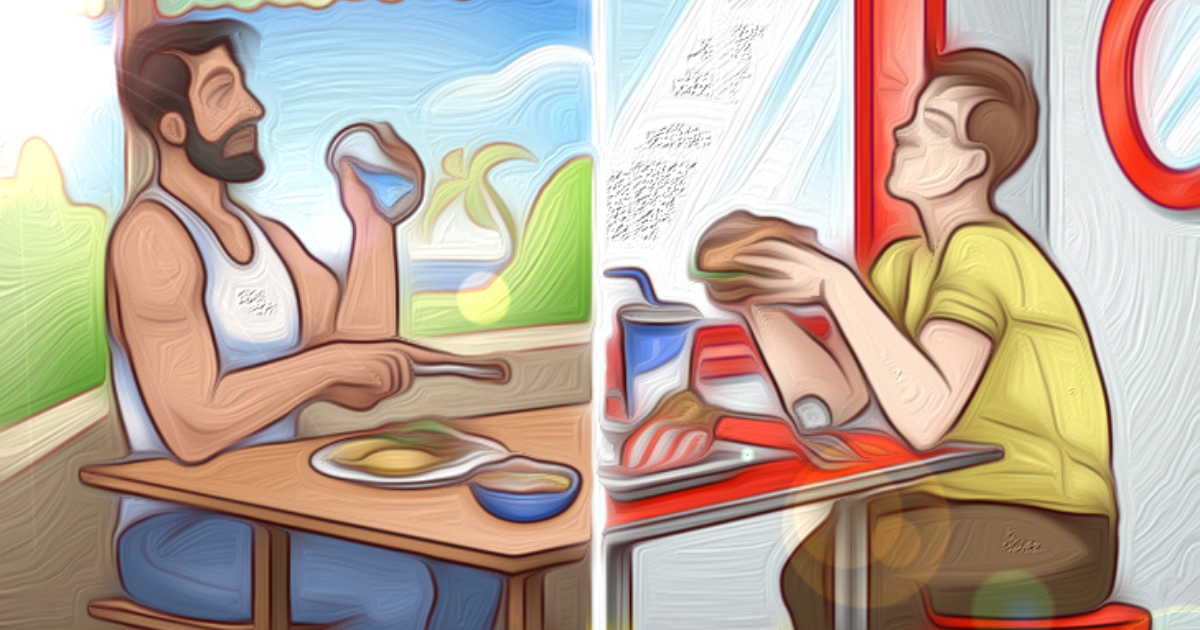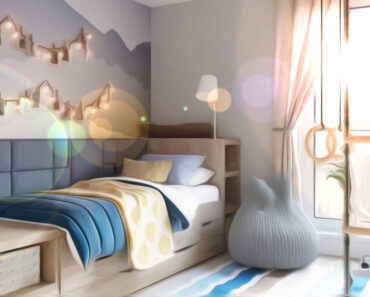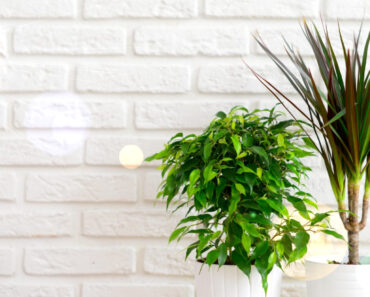
We live in a major world, with a bunch of societies and propensities we might see as somewhat bizarre from the outset. For example, in Iceland, Christmas Eve is tied in with trading books and enjoyed perusing in a comfortable niche with some chocolate. While we as a whole love a chilled drink to chill from the intensity in the mid-year, in a few Asian nations, water is almost consistently warm, so quit worrying about the climate. Truly, a ton of these propensities have strong logical sponsorship.
we uncovered a few fascinating social practices from across the world that can be effortlessly embraced by all, because of reasons including well-being and joy.
-
The Japanese have faith in “onsen” for well-being.
Individuals in Japan will generally carry on with longer and better lives, and scientists feel that the one thing that adds to their life span is their propensity for washing up. Japan is home to numerous regular high temp water springs, and some numerous lodgings and spas are home to “onsens,” as in normal, hot, spring-took care showers.
For the people who don’t reside here, heated water showers at home are the standard and specialists feel these further develop blood course and work on broad wellbeing.
-
In Asia, outside shoes are not worn in the house.
In most Asian nations like India, and Japan, and, surprisingly, a few European nations like the Netherlands, outside shoes are left external the entryway. The thought is to not bring outside microorganisms and soil inside the house, where more youthful kids or even pets could get contaminated.
It could be pooh-poohed away like an old propensity, yet there is logical verification behind it. A few homes might try and have cabinets put in an external room or entryway to keep the external shoes in.
-
In India, yogurt is eaten plain or flavorful.
The majority of the world loves its sweet yogurt, with different fruity and sugar-stacked flavors. While yogurt is sound, having a lot of sugar is fundamentally an unfortunate thing to do, and keeping in mind that it’s OK to pick plain or Greek yogurt, it’s likewise smart to have it plain, or even exquisite.
For example in India, and other South Asian nations, yogurt is transformed into an exquisite side dish called “raita.” It’s whipped smooth, weakened with a touch of water, and brightened up with salt and different flavors. You can decide to add finely cleaved cucumber, tomato, and onions to it, or even bubbled bottle gourd. You can likewise have it crunchy with minimal seared flour balls called “boondi.”
-
Italians have multi-generational social occasions.
There are numerous get-togethers in nations where there is an age or even orientation partition about formal seatings. There are generally youngster-explicit tables in numerous conventional settings, yet the Italians will more often than not do things another way. In the Italian culture, get-togethers and festivities are multi-generational and everybody is allowed to blend.
-
Asians trust a yearly cleaning of homes.
We as a whole wipe out a jumbled work area, or a spilling-over storeroom when things get excessively chaotic. Be that as it may, in Japan, there’s a training called “Osouji,” a yearly cleaning of the home to plan for the New Year. The house is cleaned, through and through, and refined to invite the New Year with neatness.
A comparable practice occurs in India, during the celebration of Diwali, where homes are cleaned, and any unused stuff is set apart for gifts.
-
Channels on restroom floors offer comfort.
Most American restrooms don’t have a story channel, other than the channel opening in the bath. This keeps the restroom dry, obviously, however, it likewise turns into somewhat of a burden to just scour the washroom down. It’s typically smart to have a channel opening in one corner, to deal with spills better and to assist with cleaning the washroom as well.
-
Danes and Norwegians practice Hygge: a comfortable home.
The Danish and Norwegians know how to make a comfortable home, and this idea is called Hygge (articulated as hoo-ga). The thought is to make a home agreeable and welcoming, making little corners you need to soak in, and simply partake in the space you call home.
-
Asians are inclined toward cleanliness with handheld bidets.
The conflict between paper and water is unending with regards to the latrine yet specialists say that a bidet, likewise called a wellbeing fixture, has its medical advantages. You will detect them in the washrooms of most Asians and Southern Europeans.
Utilizing water to clean after you utilize the latrine can support preferable cleanliness over the paper, even though you can continuously utilize paper after to absorb the dampness. Furthermore, less paper is better for the climate.
-
The Arabic propensity for light snacks is reviving.
A weighty lunch frequently prompts post-lunch dormancy, which can be destructive for focus in the work environment, particularly on the off chance that you as of now experience the ill effects of a midday droop. A bustling way of life can likewise mean an immediately wolfed-down lunch, frequently inexpensive food-related, adding to weight and well-being misfortunes.
Individuals in the Center East frequently make a fascinating lunch that is loaded with protein with smoked meats, chickpeas, and beans, and kept light with the guide of entire wheat flatbreads as well as bunches of plates of mixed greens. Given the high temperatures in the Center East, a light lunch keeps you new, and a post-lunch espresso stirs any napping synapses.
Which propensity from one more culture had you sufficiently dumbfounded to take on it? Do you have something almost identical to propose from your side of the world? Share your sound and endearing tips and deceives with us.






